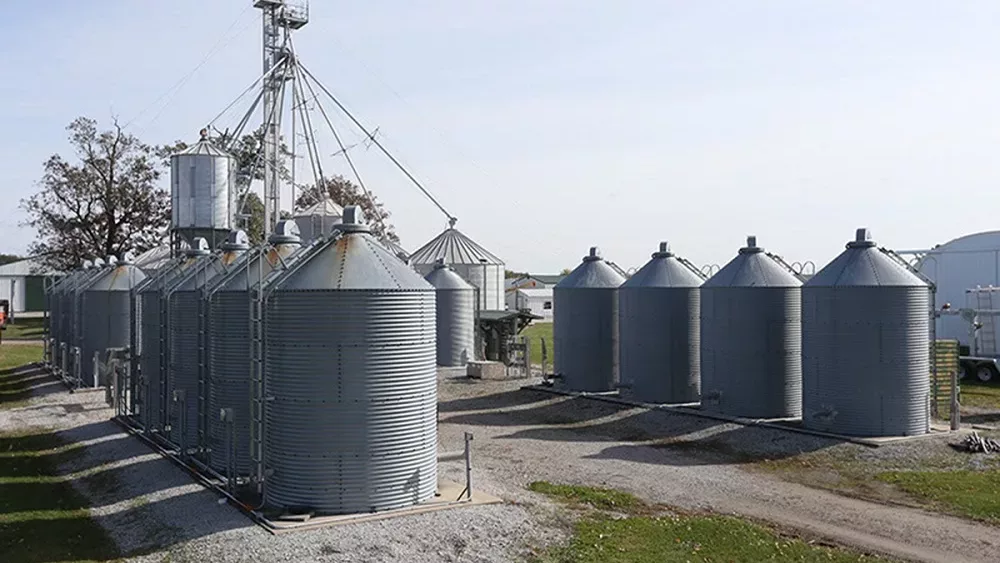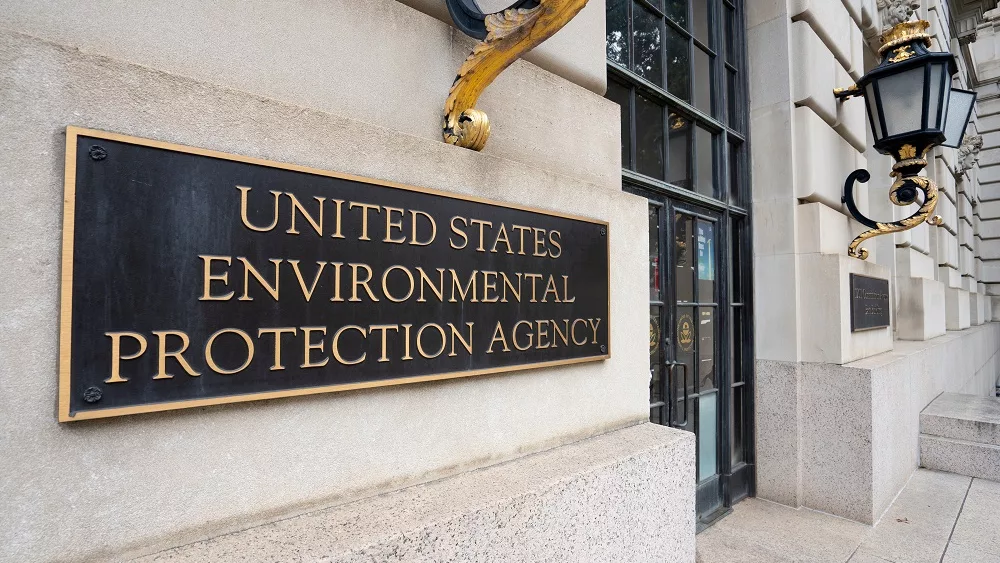
In the latest U.S. Drought Monitor, nearly all of Michigan is experiencing some level of drought.
Gary Brinkman, Pioneer agronomist, says within the last few weeks, it’s almost like a tale of two growing seasons.
“Some of the corn that was planted early, i.e. April or the very first week of May, most of those situations were planted in moisture,” he said. “It germinated and the roots were able to move down. Fields that were planted later, May 10 to the 15, that soil is dry.”
Brinkman has been encouraging growers to have a planting depth of two inches. However, it needs to rain about a half inch to reach the seed.
“We only had tenths, if not hundredths of an inch—we barely had a half inch or more in the center part of the state,” said Brinkman. “The southern part of the state had a little more moisture, and I think they’re a little better off as they continue to plant.”
Looking at the extended forecast, there’s not much in the way of relief. The best chance has now moved to Monday, but forecasted totals are expected to max out at a quarter inch.
“I’m very concerned that we’re not going to have enough moisture to drive uniform emergence,” said Brinkman.
As mentioned in previous reports, having uneven emergence can decrease yields by 5 to 9 percent.
“That’s going to hurt some fields this year,” said Brinkman. “We’re going to see less uniformity, more runts, and that’s going to impact our yield.”
This dry weather not only has an impact on emergence and plant growth, but also herbicide use.
“It’s been dry, so the weeds haven’t started to germinate,” said Brinkman. “In some cases, guys may want to consider a rotary hoe. The second thing I would consider—especially with the short supply of glyphosate—think about some other post-emergence herbicide options. Because we did not have that half to three-quarter inch to activate a lot of our residuals, we’re going to see the weeds break through that. Corteva offers Resolve Q.”
This agronomy update was made possible by Pioneer.





